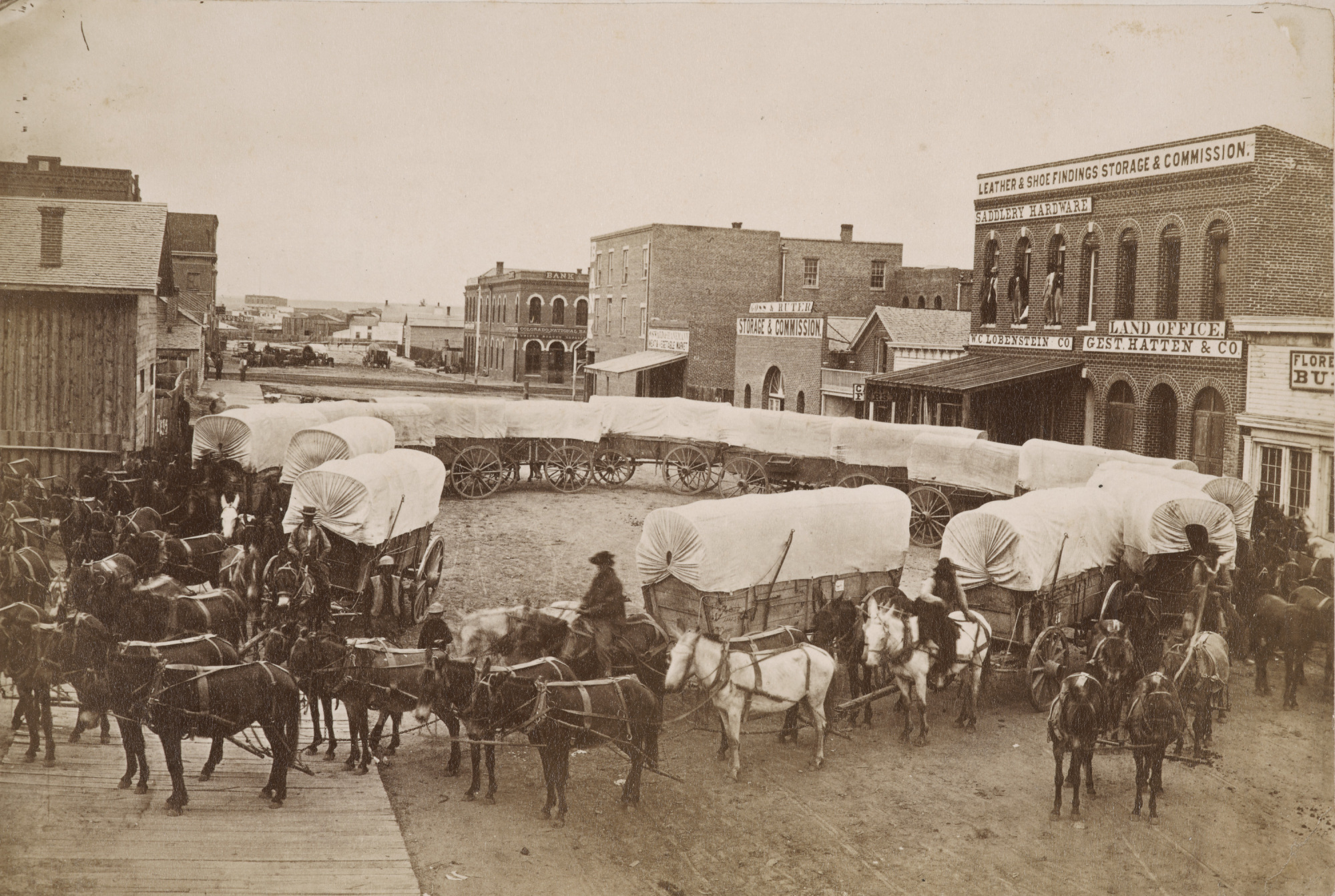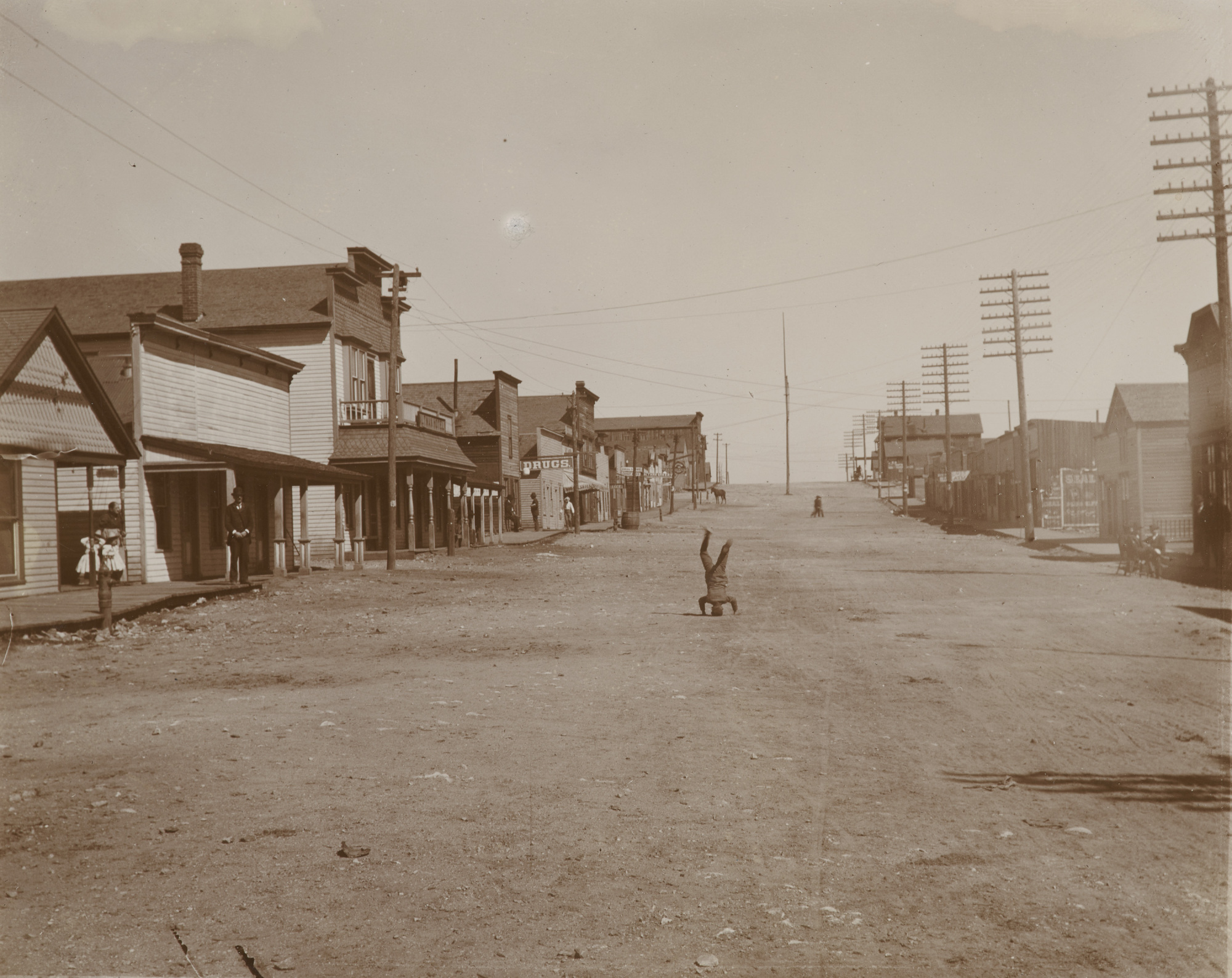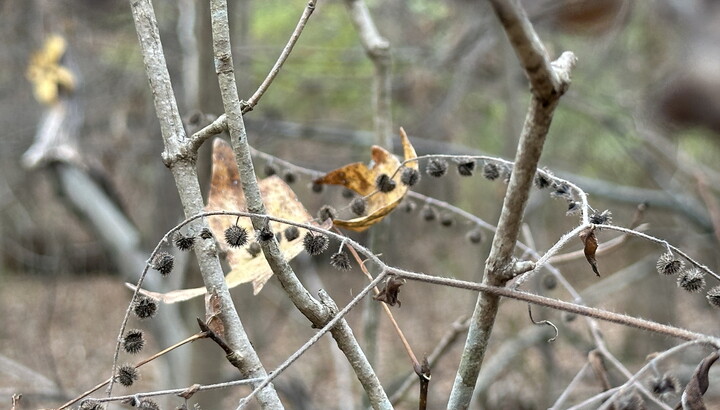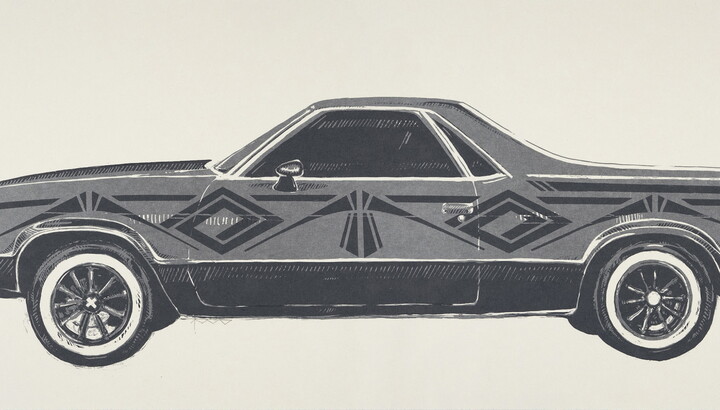The Carter Blog
Carter ARTicles
What is the Mazzulla Collection?
Sep 13, 2023
Fred and Jo Mazzulla took maximalism seriously, filling their basement with thousands of photographs and related ephemera that document the history of Colorado in the 19th century. Starting out as a packrat’s assortment of treasures, their collection would eventually become a significant museum collection, acquired by the Carter in 1973. We talked with John Rohrbach, Senior Curator of Photographs at the Carter, to learn more about the history and significance of the Carter’s Mazzulla Collection.
Who are Fred and Jo Mazzulla, and how did their collection begin?
Denver defense attorney and amateur historian Fred M. Mazzulla (1903–1981) took an interest in photography at an early age, leading him to actively seek out and acquire photographs that documented his state’s history. His collecting took off in 1939 when a six-year stint driving for Colorado Governor Ralph Carr gave him the opportunity to stop in at estate sales and antique shops in communities both large and small across the state. Soon, people with historical photographs were reaching out to him to share their work.
An enthusiastic collector, Fred came to fill his basement with more than 275,000 items, including several hundred thousand photographs and negatives, hundreds of cameras, 20,000 jazz records, several hundred piano rolls, manuscripts, and more than 250 hours of interviews. His wife Jo (Josephine D’Andrea Mazzulla) organized the photographs into categories of “people,” “places,” and “things.” Together, the couple created and ran a picture agency, sharing their images for publication by others. They also published their own short books about Colorado characters and events, with emphasis on the undersides of society, and sold these in tourist shops. Those booklets reflect Fred’s personality. He once explained, 'I'm no stickler for historical accuracy. Sometimes it takes showmanship to make history interesting.'
What is significant about the Mazzulla Collection?
The Carter’s Mazzulla Collection offers an unusually vivid look into the European-American settlement of Colorado through more than 6,000 photographs and related ephemera. Though the collection includes works that date well into the 20th century, its core imagery documents the mining boom that shaped the state’s 19th-century development, including its attendant construction of rail lines and spread of towns across the state. Collection images reflect the ups and downs of industry and community life and the rise of tourism as Coloradans celebrated the beauty of their region’s cool air and mountainous terrain.
How did the Carter come to acquire the collection?
The Carter’s first director, Mitchell A. Wilder (1913–1979), was a fellow Coloradan who shared the Mazzullas’ passion for telling the history of the American West through period images. Always on the lookout for collections that were being overlooked by his peers, he struck up a friendship with the Mazzullas and, in 1973, he arranged for the Carter to purchase the vast bulk of their photographs, negatives, and manuscripts, taking advantage of their shared belief that their collection would get more attention and use out of state.
By the 1990s, two things had become clear. The Carter’s art-and-exhibition driven program meant that the Mazzulla Collection was being underutilized. At the same time, a constant flow of requests for Mazzulla images and information was coming in from Colorado historians. The Carter therefore arranged to give History Colorado (Colorado’s state historical society) its Mazzulla Collection manuscripts, negatives, and lesser photographs in exchange for photographs that were a better fit for the Carter’s art focus. In that process the Museum retained approximately 6,400 vintage photographs, postcards, and albums that make up the collection today.
What are some of the works that make up the collection? Are there any that stand out to you?
I believe the collection’s strength is not in its individual works but in its wide-ranging and cumulative view of the early development of Colorado. Mixed among key photographs by major practitioners (such as William Henry Jackson) are extraordinary prints by skilled photographers, mainly known within Colorado, such as Joseph Collier, W.J. Carpenter, Louis McClure, and Ed Tangen, as well as myriad works by many unidentified photographers.
To sense the character of the collection, one might look at William Gunnison Chamberlain’s 1868 photograph of David Bruce Powers’ Train of Fort Leavenworth at Denver. Only 10 years old at the date of this photograph, Denver had already become the main depot supplying a burgeoning number of mining communities across the mountains to the west. At this date, most of these supplies came in wagons from communities much further east like Fort Leavenworth in eastern Kansas. These wagons are probably circled not for protection but simply to all fit into the photograph.
In addition, one could also look at O’Keefe & Stockdorf’s Gold Exhibit A. The Carbonate National Bank, Leadville, Colorado from approximately 1890. Leadville was one of the earliest, largest, and most successful symbols of Colorado’s mining boom. Though most of its wealth came through silver mining, this photograph is designed to impress and suggest economic stability amid a culture that was constantly flipping from boom to bust and back.
This turn of the 19th-century photograph of Altman by an unknown photographer also gives viewers insight into the character of the collection. Located in the famous Cripple Creek gold mining district, Altman became in 1894 the site of a major strike led by the Western Federation of Miners. At one point the confrontation got so heated that the miners barricaded the entire town and announced they had seceded from the country. Eventually, they won the strike. Captured six years later, this diminutive 4-by-5-inch photograph may bring a smile, but the street’s emptiness offers an important portent. In 1903, unidentified arsonists turned off the water lines and set much of the town in flames. Shortly thereafter Altman became a ghost town.
See works from the Mazzulla Collection in our exhibition Come to Colorado, on view through January 7, 2024. Drawn from the Carter’s Fred and Jo Mazzulla Collection, this exhibition tells the story of the settlement of Colorado by Euro-American settlers and the rapid growth of the mining industry during the last three decades of the 19th century.








